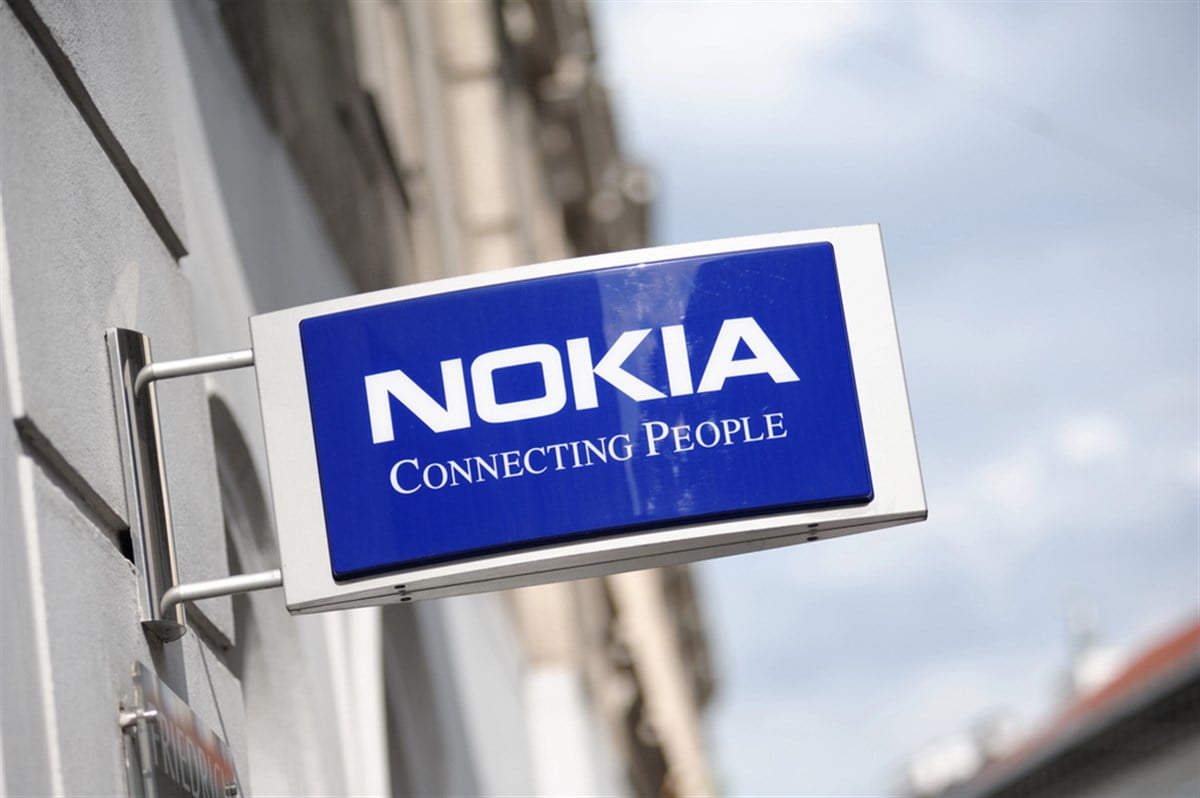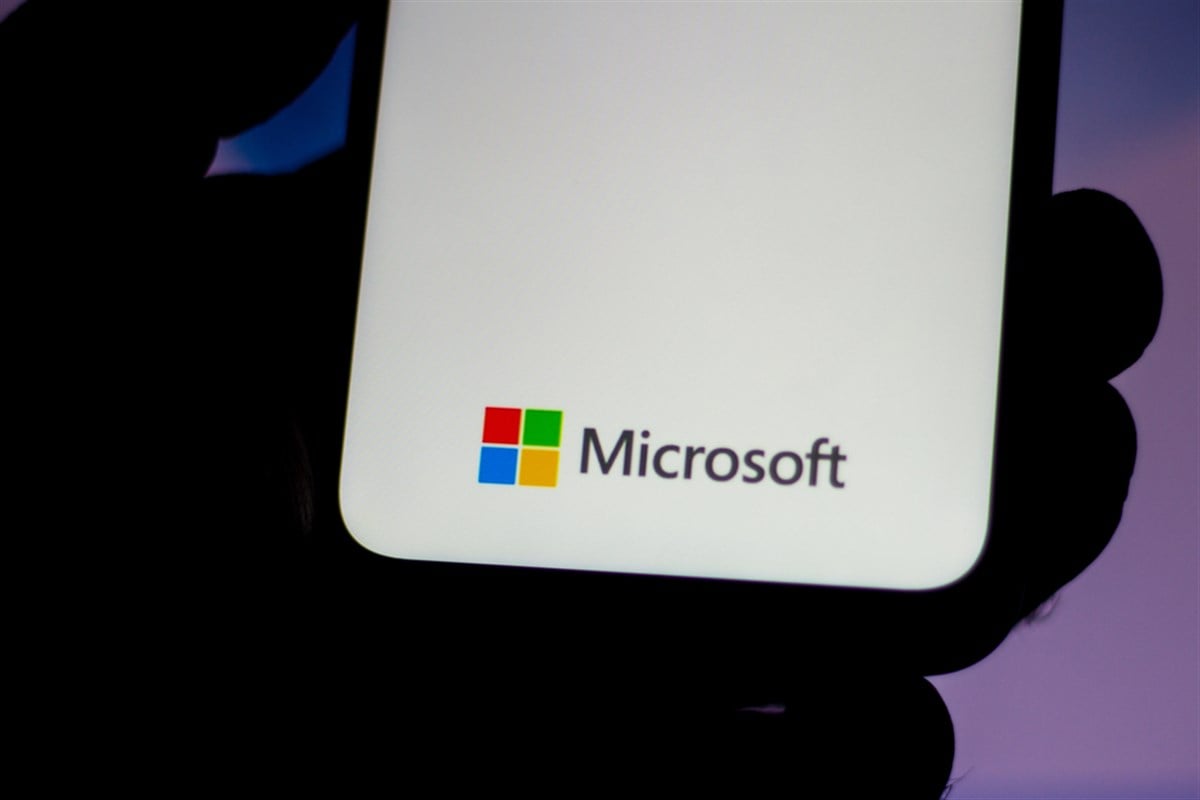NVIDIA’s Billion-Dollar Bet Puts Nokia Back in the Growth Game

A dramatic jolt has reawakened Nokia’s (NYSE: NOK) stock, with a performance surge of over 65% year-to-date and a massive spike in trading volume, capturing the market’s attention. For years, the Finnish company was viewed by many as a legacy telecom sector player, a shadow of the mobile phone titan it once was.
But a fundamental shift is underway, forcing investors to ask a critical question: What has propelled this forgotten giant back into the center of the high-growth technology conversation?
The answer lies in a powerful combination of strategic validation, technological prowess, and renewed Wall Street confidence, all centered on the market's most significant trend today: artificial intelligence (AI).
Why the King of AI Is Backing Nokia
The primary catalyst for Nokia’s re-evaluation came on Oct. 28, 2025, when the undisputed leader in artificial intelligence, NVIDIA (NASDAQ: NVDA), announced a landmark partnership. The deal includes a $1 billion equity investment for 166.4 million shares at $6.01 per share, giving NVIDIA a 2.9% stake in the company.
While the capital infusion is significant, the strategic collaboration is the real story for investors. The partnership is designed to deeply integrate Nokia's networking technologies with NVIDIA's powerful chip architecture. This involves adapting Nokia’s 5G and 6G software to run on NVIDIA systems and incorporating Nokia’s data center solutions into future AI infrastructure.
This move does more than just open new revenue streams; it provides a powerful stamp of approval. By aligning with NVIDIA, Nokia has effectively tied its future to what its own CEO, Justin Hotard, calls the "AI supercycle," establishing a credible, long-term growth narrative that was previously missing.
The Pipes of Progress: Nokia's Role
NVIDIA’s investment was a calculated bet on the essential, behind-the-scenes technology that Nokia provides. As AI models become more powerful, they require an unprecedented amount of data to be moved at incredible speeds. Nokia builds the crucial technological plumbing for this data revolution.
Its role can be understood in two key areas:
- Optical Networking: AI requires constant communication between vast, geographically separate data centers. The technology that enables this is called Data Center Interconnect (DCI), which serves as a high-speed data highway. Nokia is a leading provider of high-speed optical equipment that forms this highway. The company's strategic acquisition of Infinera in early 2025 was a critical move that significantly bolstered its capabilities and market position in this high-demand market.
- IP Routing: Within data centers, a distinct challenge arises: managing the substantial traffic generated by AI workloads. Nokia’s high-performance IP routers act as sophisticated traffic cops, directing data efficiently. A recent deployment with network provider Zayo, which upgraded its IP infrastructure using Nokia’s latest FP5 silicon, is a real-world testament to the technology’s capabilities.
This strategic pivot is already translating into tangible results. In its third-quarter 2025 earnings report, Nokia announced that its AI and Cloud customer segment now accounts for 6% of group sales, demonstrating that this is a current, revenue-generating reality, not just a future promise.
From Hold to Buy: Why the Numbers Now Add Up
The strategic shift has triggered a wave of recalculations on Wall Street. Following the news, Jefferies upgraded Nokia's stock to Buy, while other firms, including JPMorgan and Northland Securities, also raised their price targets. This signals that analysts are recalculating the company’s future earnings potential.
For investors, Nokia presents a multifaceted financial case. It combines a new growth story with the stability of a mature company.
- Valuation: Even after its rally, Nokia trades at a price-to-sales ratio (P/S) of approximately 1.9. This offers a more accessible valuation than other specialized optical peers, which trade at much higher multiples. With a forward price-to-earnings ratio (P/E) of around 21, Nokia is not priced at the nosebleed levels of many other AI-related stocks.
- Financial Health: Nokia’s balance sheet is solid, with a net cash position of 3 billion euros (approximately $3.48 billion) at the end of Q3. This financial cushion provides the stability and resources to fund its strategic pivot into AI without taking on significant new debt.
- Shareholder Returns: Nokia pays an annual dividend of 13 cents per share, yielding a 1.78% return. This provides investors with a current return while they wait for the long-term AI growth strategy to materialize fully.
Nokia’s Path Forward: Playing the Long Game
Nokia's leadership has been clear that the full financial impact of its AI strategy is a multi-year journey. While this suggests patience is required, it also presents an opportunity for long-term investors. The current period represents an early phase of the turnaround, potentially allowing investors to build a position before the growth is fully matured and reflected in the bottom line.
A key date for investors to watch is the upcoming Capital Markets Day on Nov. 19, where the company is expected to provide a more detailed roadmap of its strategy. For now, Nokia's competitive strength lies in its comprehensive portfolio, which spans optical, IP routing, and advanced network software.
This end-to-end capability, now supercharged by a unique collaboration with the leader in AI, provides a formidable advantage. The narrative around Nokia has fundamentally changed, repositioning the forgotten telecom giant as an essential enabler of the AI revolution.
Learn more about NOK


